Imagine how good it would be if your dog could train themselves…
…not quite possible yet, however they CAN help train each other!
Yes, dogs can help train each other!
Did you know that you can use a calm, confident and well-behaved dog to help train your own dog? It’s called social facilitation and is brilliant for training puppies as well as treating older dogs with behavioural challenges!
The dog’s ancestors (wolves) are pack animals who work together cooperatively and learn together from their pack elders, so it makes sense that dogs would be predisposed to learn good behaviours from each other.
What do you do?
Basically you use a calm and confident dog alongside you while you’re training a dog that has behavioural issues, or introducing a puppy to new behaviours or situations. Essentially the calm dog can act as an example to the dog you’re training and help put them at ease.
When do we use social facilitator dogs?
We commonly use another dog as a social facilitator when:
Treating a dog who is fearful or aggressive towards other dogs or people
- Working with a dog that has fears or anxieties
- Treating separation distress
- Teaching a puppy new and challenging behaviours
- Introducing a puppy to new experiences and situations
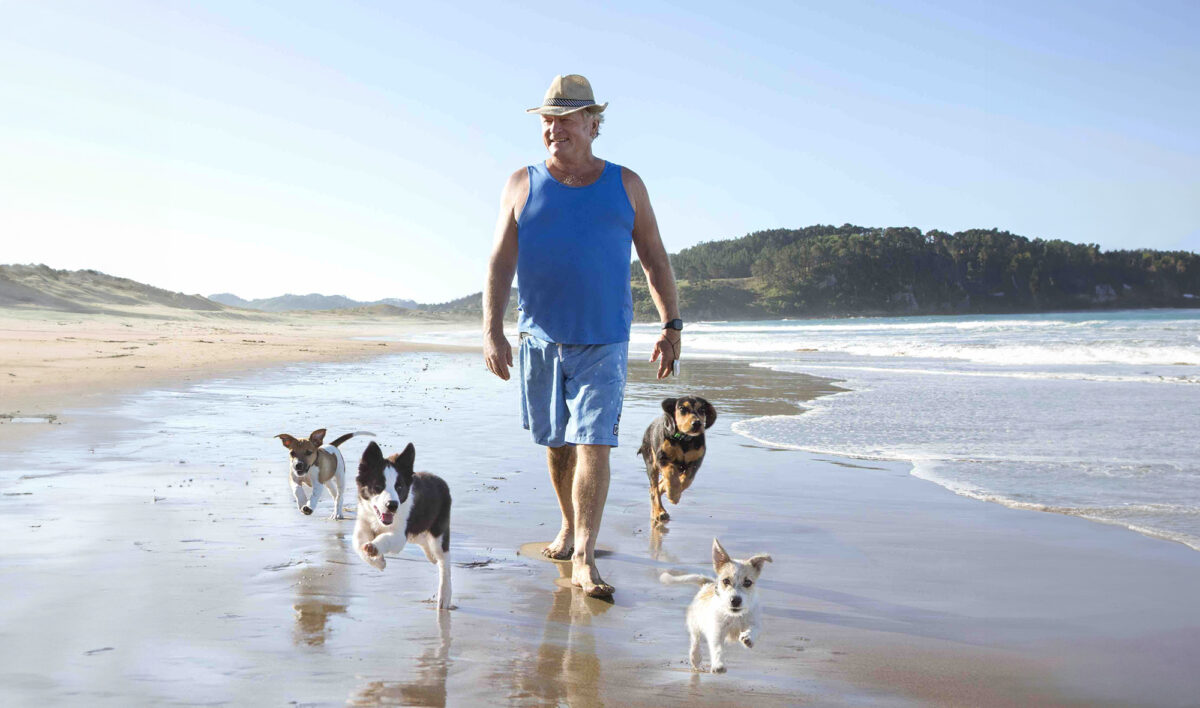
Why do we do it?
There are so many reasons that using a social facilitator dog is helpful, but basically they all boil down to the fact that it will help you train your pup or dog more easily!
Mimicry
Mimicry is a big part of learning. We use one dog’s calm, relaxed demeanour and ability to socialise well as a role model so that the dog we are training can follow suit.
Pheromones
When a dog is relaxed, they will give off the right pheromones to help the other more fearful or stressed dog to adjust. So even their chemistry is working in your favour!
Mirror neurons
There are what we call empathy and mirror neuron circuits in the brain that allow dogs to mirror the actions and behaviour of others. When they’re mirroring a calm dog, it can defuse anxiety and help them respond more calmly to a situation that would usually cause them to panic or react badly.
If you train the anxious dog with the confident dog, you will notice they fall into sync with each other and the less confident dog will be looking both to you and the guide dog as an example and they will behave in coordination with them.
When do we use social facilitator dogs?
Here are some examples of when and why we would use another dog as a positive influence:
Fears & Phobias
When desensitising a fearful dog to something they are scared of (e.g. a vacuum cleaner), having a calm dog alongside can help put them at ease. The confidence, relaxed posture and calm pheromones of the other dog show the fearful dog there’s nothing to be afraid of.
We can also use social competition over food to help with the treatment. While we are gradually exposing the fearful dog to the vacuum cleaner, we click and reward both dogs with high value food. The more fearful dog will be motivated to compete with the calm dog for the food to some degree, which helps keep up an interest in food and reduces the focus on the “scary” vacuum that’s nearby. This in turn helps that dog desensitise to this noise.
Basically a bit of healthy competition for the food you’re offering will keep your fearful dog’s mind off the vacuum cleaner or other scary item nearby!
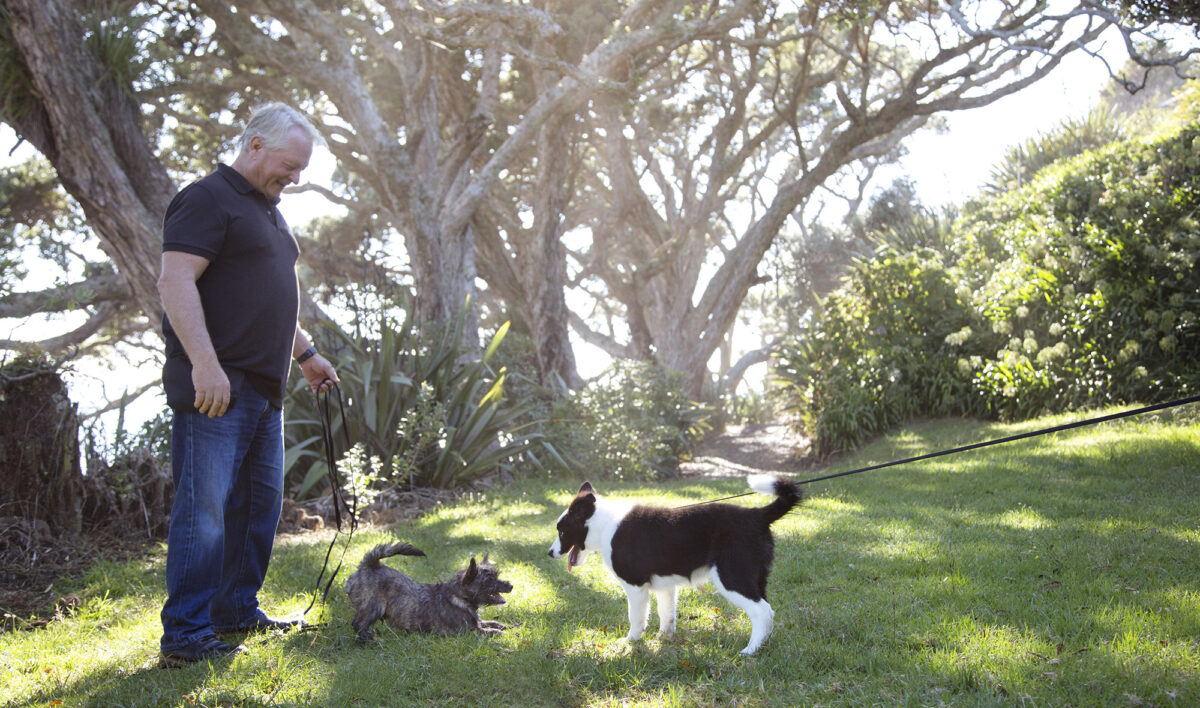
Separation Distress
When treating separation distress, leaving a dog outside with another relaxed dog is helpful. It aids calmness and also provides companionship and social contact which helps the distressed dog to relax too. This often works well with a friend or neighbour’s dog during early separation distress work. Later training will be without the assist dog to finish the training off and allow the therapy dog to be able to be completely alone in time, but using a dog to begin with can really help get things moving.
Recall
If your dog isn’t great at recall, you can take them out with a dog they get along with well that has fantastic recall! When the other owner calls their responsive dog, call your dog at the same time – chances are when the other dog comes running to its owner, your dog will follow suit and come running also. You can then click and reward your dog when they get back to you to reinforce this good response.
Puppy Training
With puppy training, the options are limitless! Puppies are learning, discovering and experiencing so many new things during their Formative Period (2-4 months). Having a social facilitator dog along for some of these new experiences will help your pup respond calm and confidently. For example, going in the water or swimming for the first time, experiencing a busy road or a busy café, meeting new dogs or other new animals, experiencing fireworks or vacuum cleaners for the first time etc.
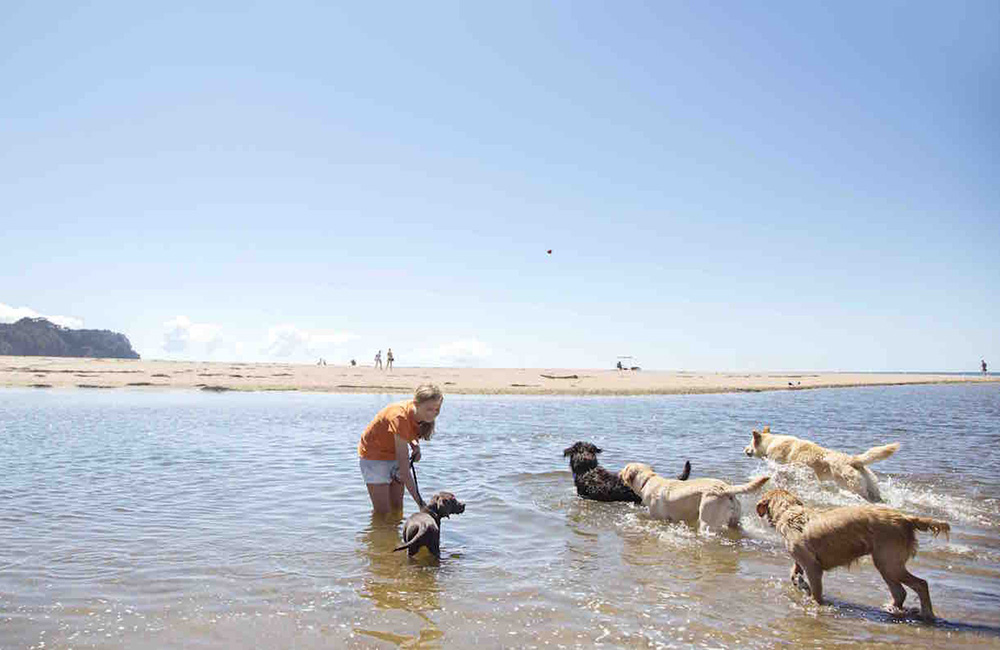
Remember…
You can only do it when two dogs get along really well – all we’re doing is using one dog’s calm, relaxed demeanour and ability to socialise well as a role model. When working with a dog that has a behavioural issue, try to use a dog that they already know and trust. With puppies, you can be more flexible and just choose any calm and well-behaved dog that your pup gets along with well!
The opposite effect!
Just as a well-behaved dog will have a positive effect on your dog, it can also work in the opposite direction. A dog with undesirable behaviours can lead your dog astray and make your training more difficult.
This often happens with people who have two dogs that wind each other up, so that behaviours which wouldn’t usually be too challenging to nip in the bud become really difficult.
Some examples of this are:
If you have a dog with predatory behaviours (chasing other species), that dog can EASILY lead another dog astray into predatory behaviours too. It’s very exciting for a dog to join in a prey chase!
- If a dog barks or howls, they can get another dogs going as well.
- If a dog runs away and won’t come when called, your dog may follow suit.
Pretty cool how much influence a dog can have on another dog hey?[/vc_column_text][/vc_column][/vc_row]
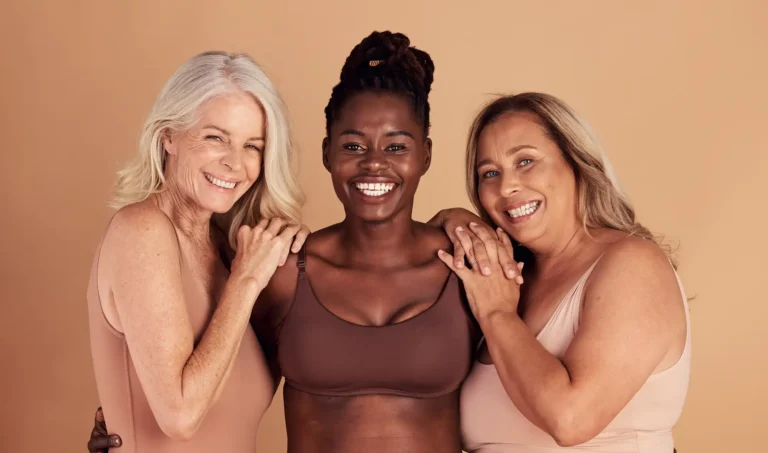



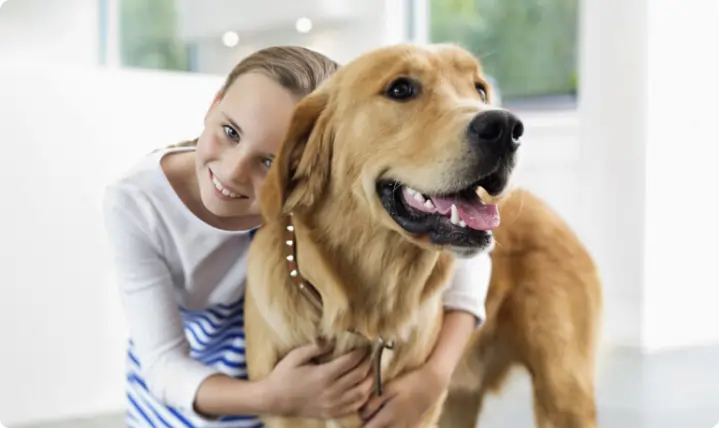
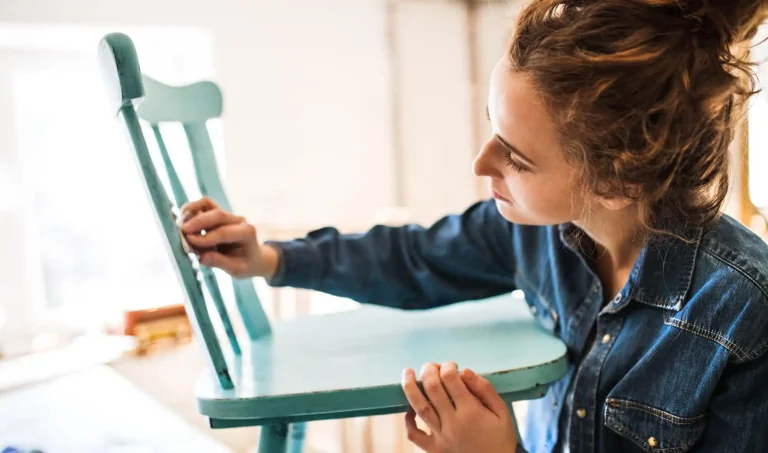
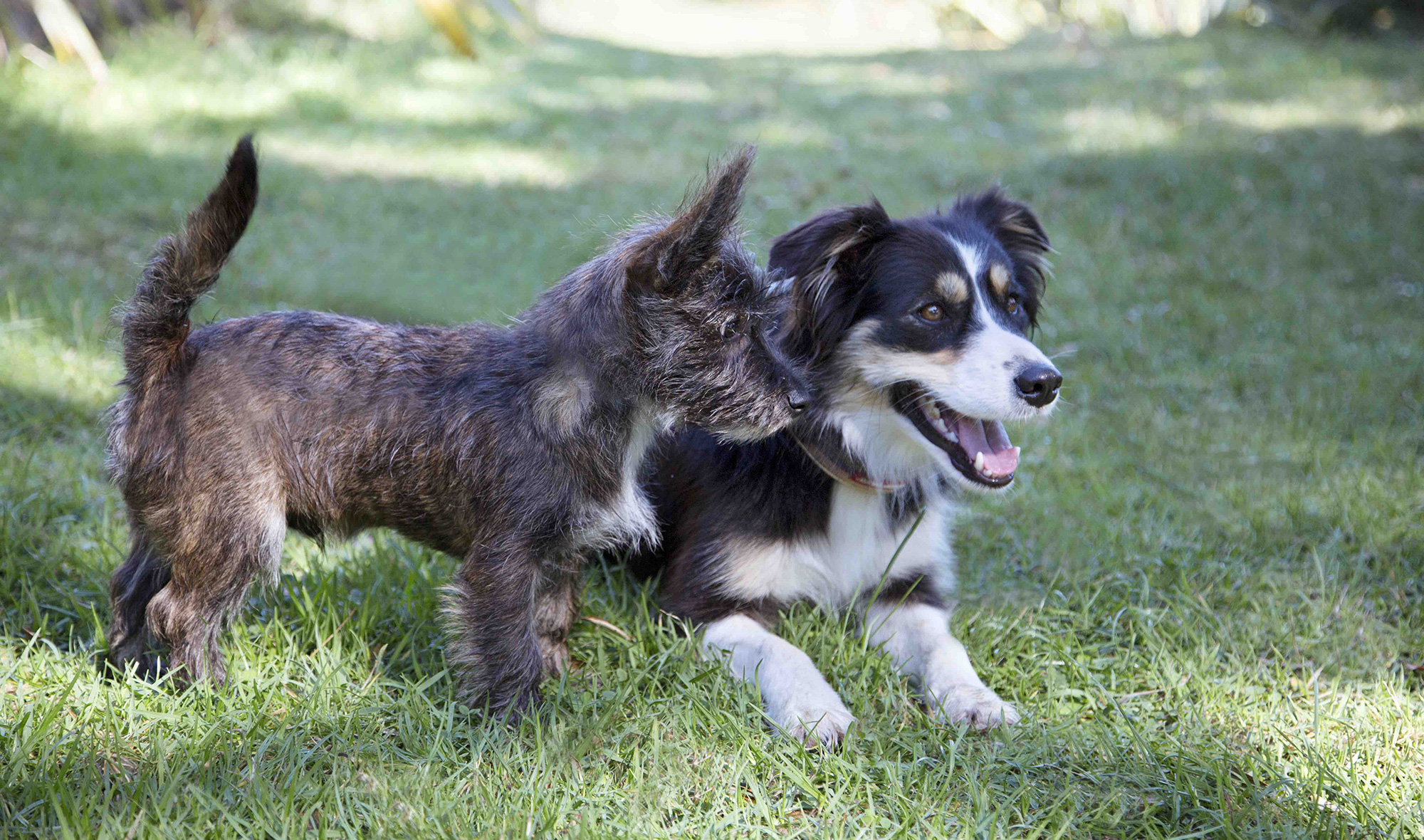
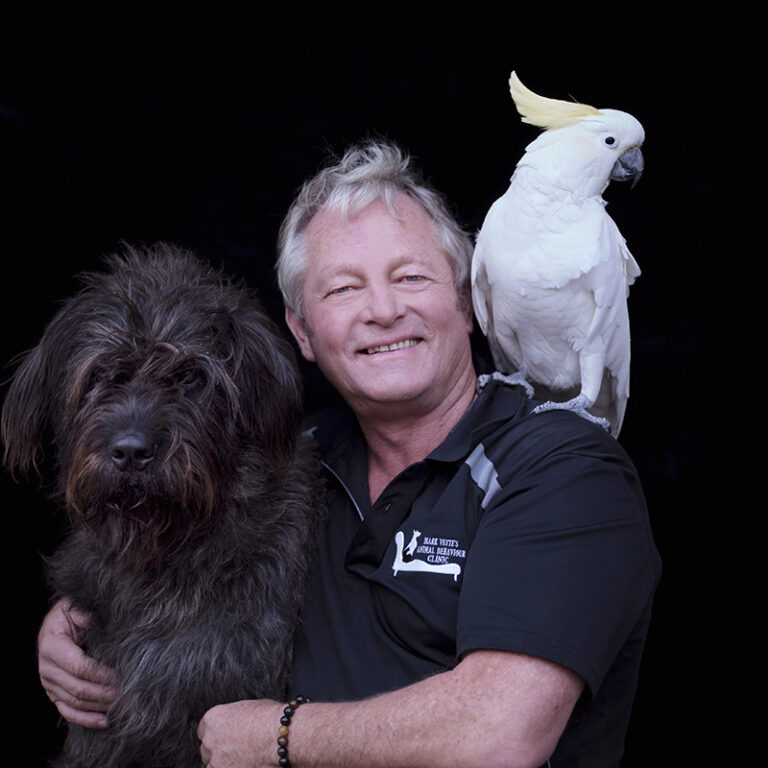



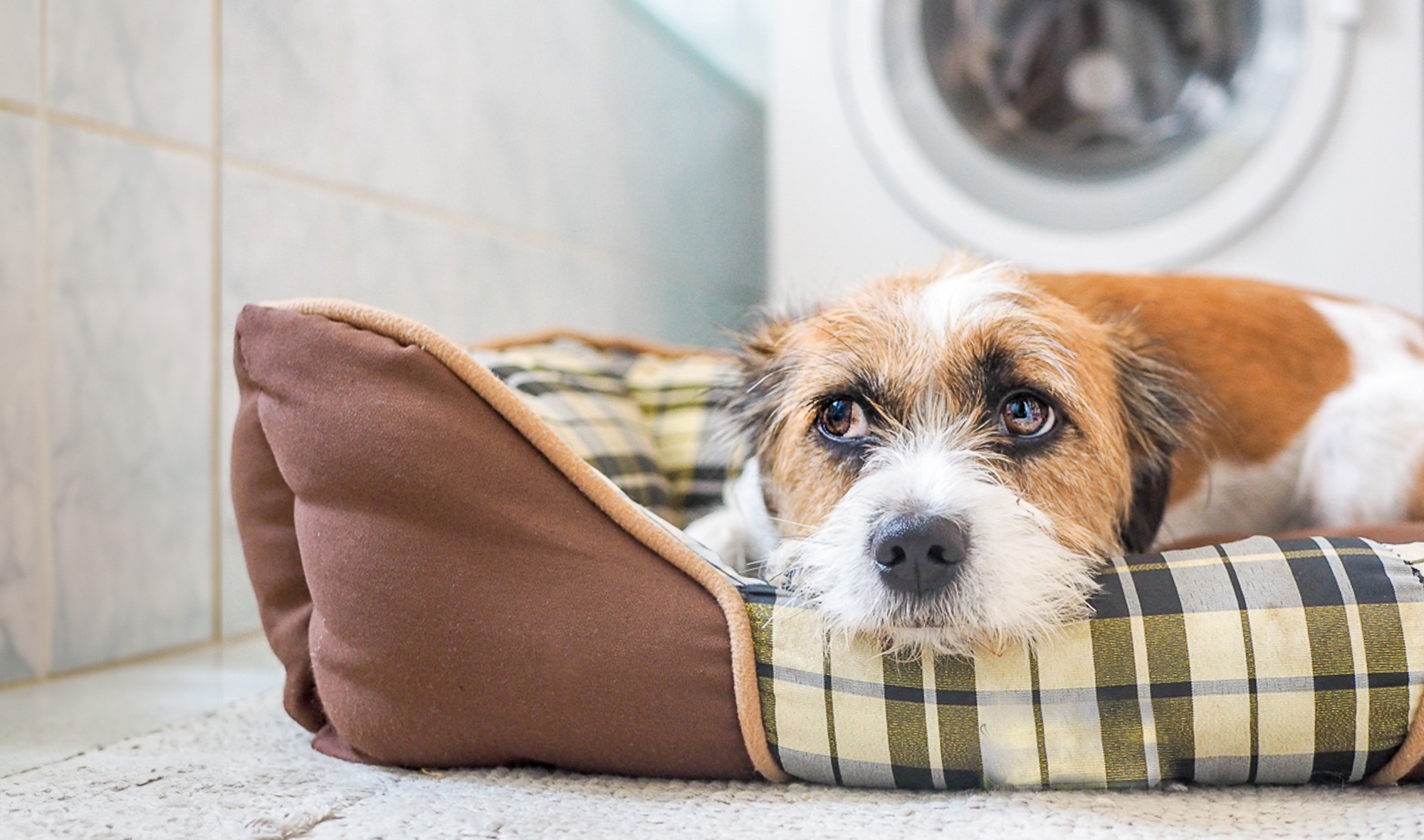
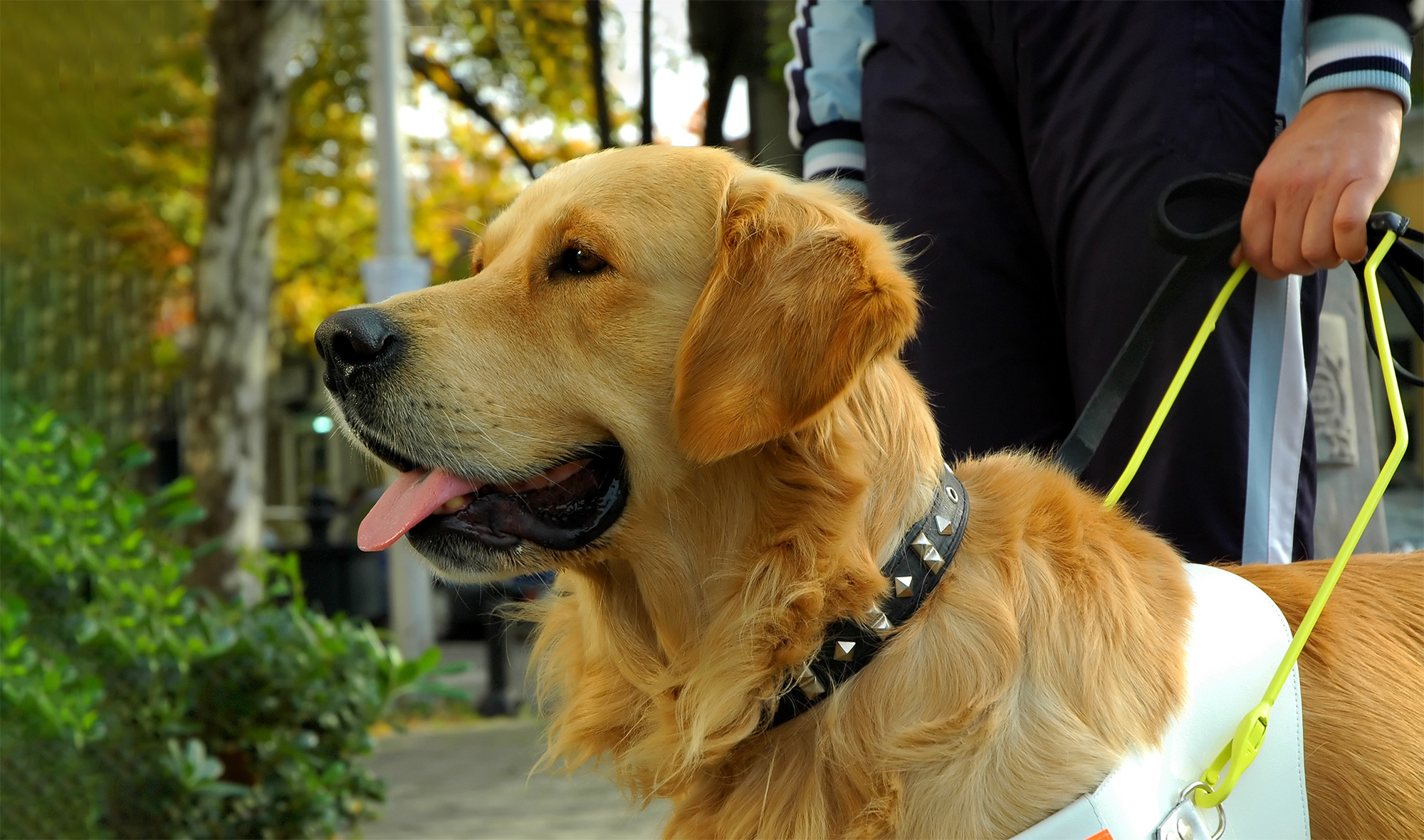
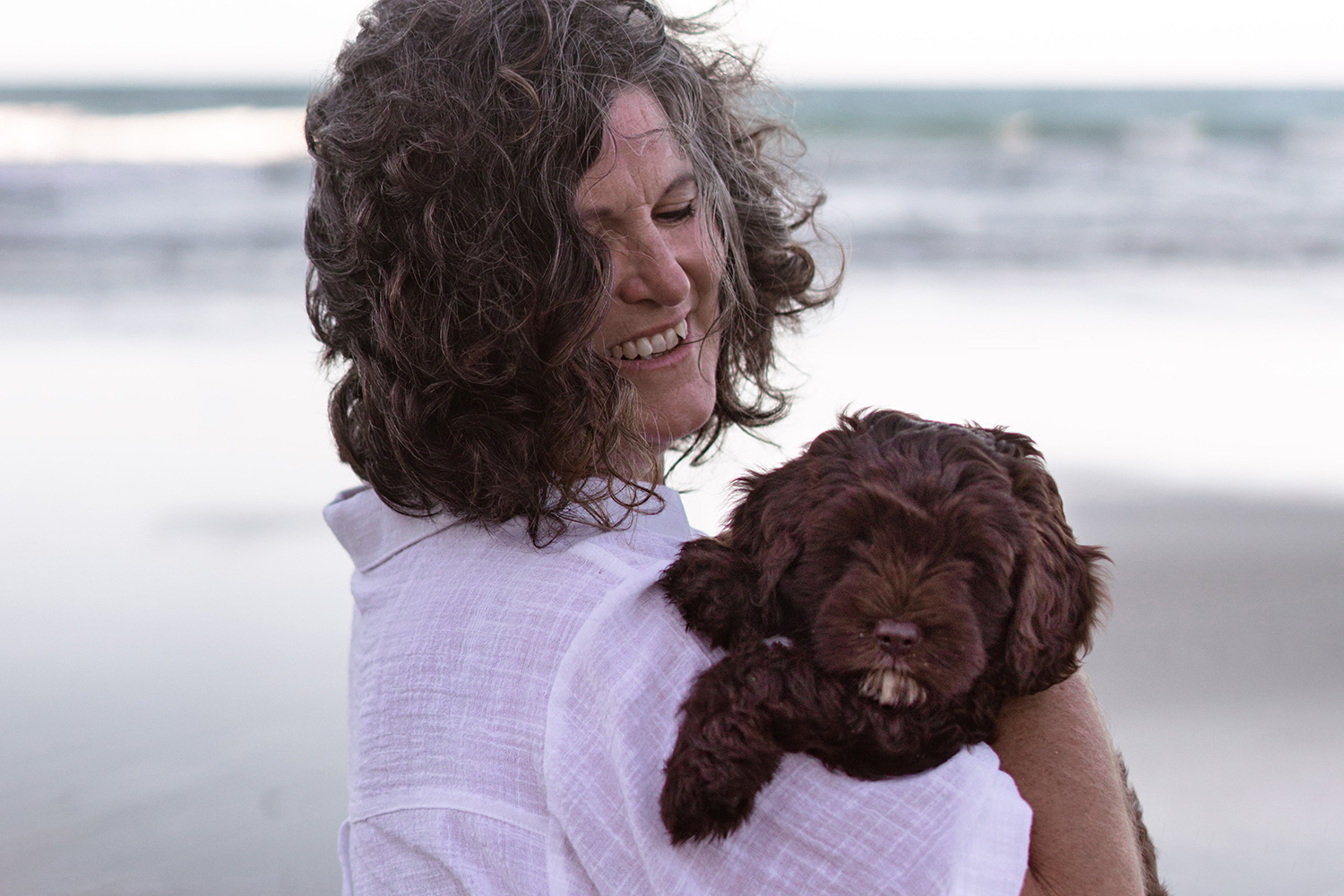
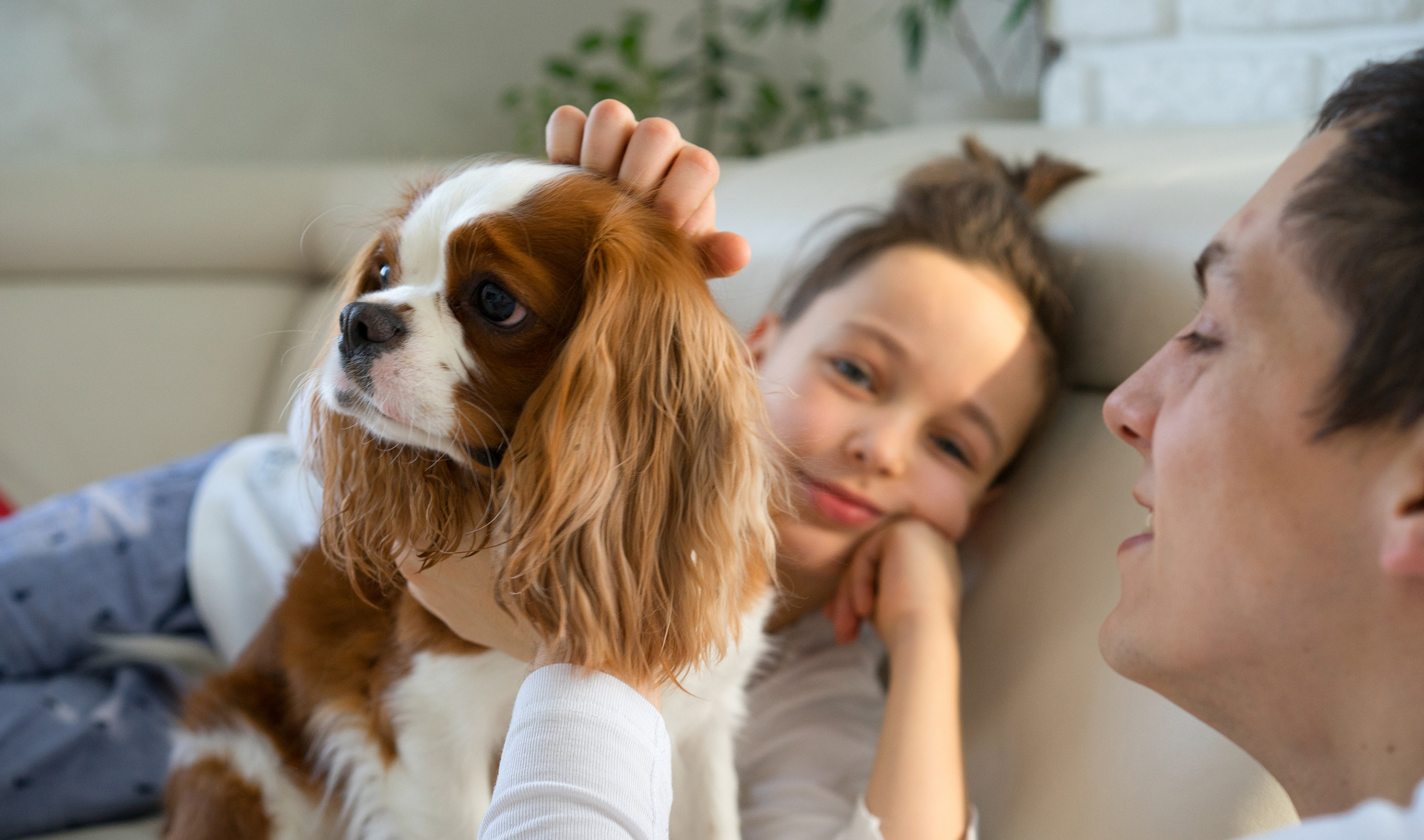

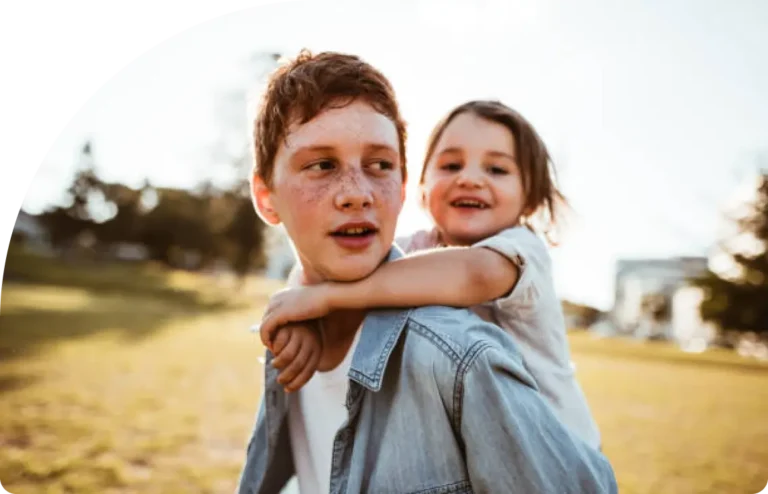
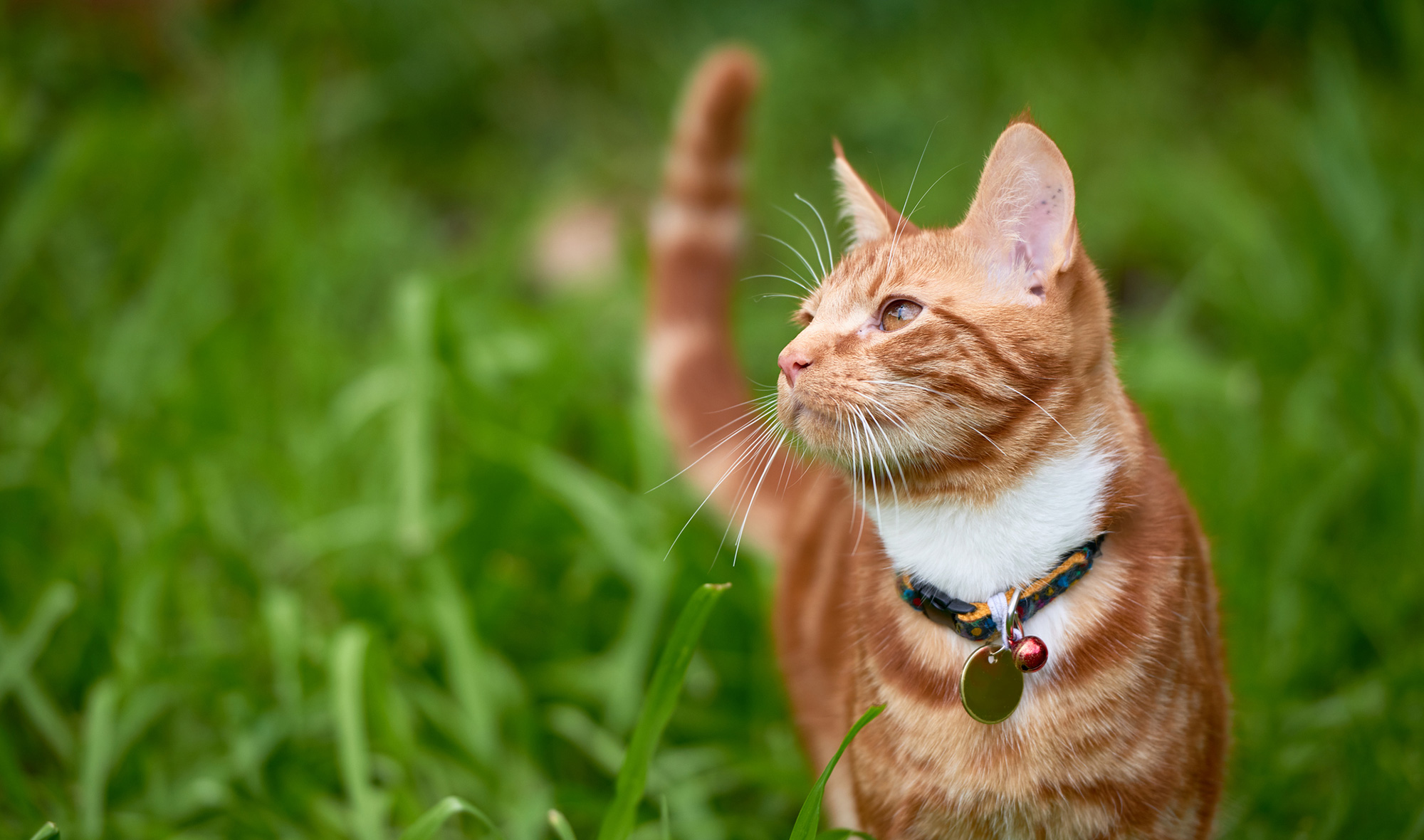


Community